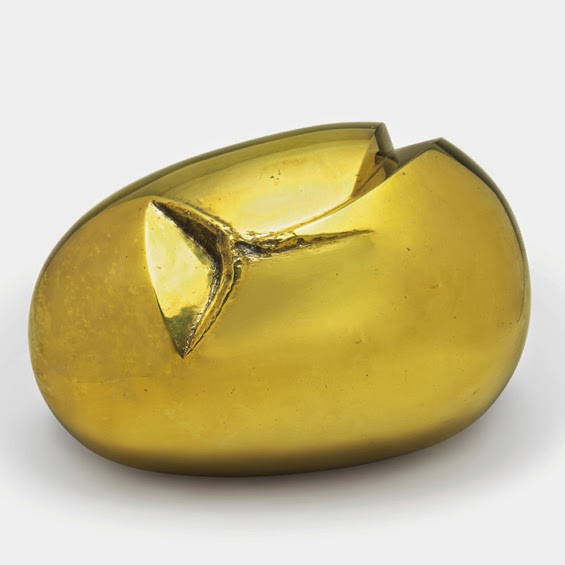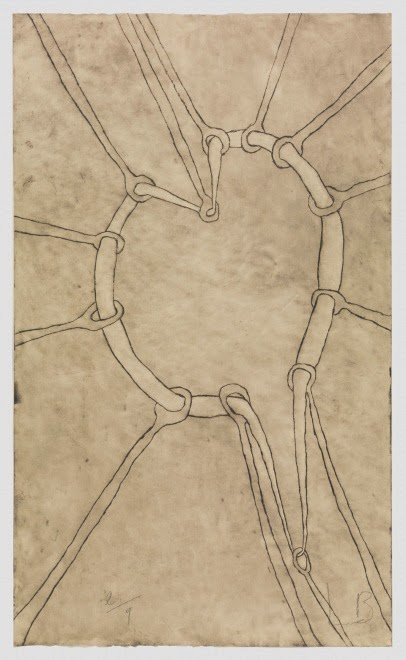De/coding the Apocalypse

Thought provoking exhibition at Somerset House which arose from a residency by artist Michael Takeo Magrunder in the Department of Theology and Religious Studies at King’s College, London. He spent this time discussing the Book of Revelations with a range of scholars from theologian to art historians to sociologist and then looked at how to translate this academic into visual images. The result was five displays, each in their own room. One room features shots from an apocalyptic video game presented in frames and slowly moving and developing as you looked at them. Despite the devastated scenes the works were very peaceful to watch. Another had chapters of the book converted onto laser etched tables in a computer code with QR codes on them which, when scanned, did a Google image search on your phone on the first sentence of the book. My favourite was a room on the horse with an illuminated horse’s skull surrounded by small 3d prints of a skull. In the room is a 3...

























